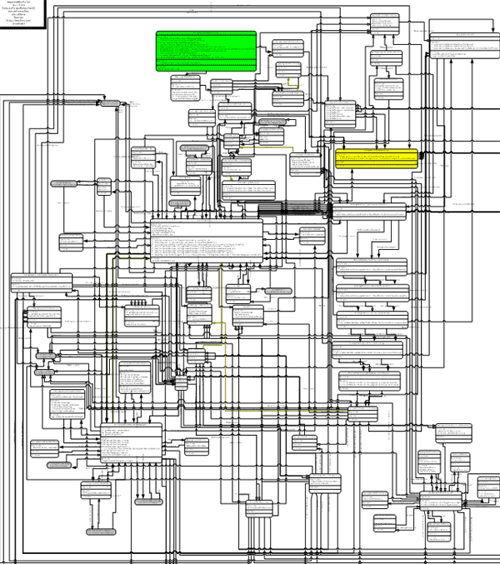Everyone I have talked to says to NEVER let the prop drive the engine with this engine found on the Cessna 421's. However if it was so bad than why is there no limitation published in the AFM, placards or TCM engine manual? Supposedly it has to do with crankshaft counterweight dampner bushing wear and gearbox backlash. They do make a nasty noise at the neutral point but the noise goes away at full idle in flight. I have yet to get to the bottom of this one and cannot for the life of me figure out why Continental would design an engine that could not be run in this area. Could it be a carry over myth from radials? Makes it tough to practice engine outs and come in at a reasonable speed and altitude on final.
I could see if one went on noise alone that the bad noise comes from the neutral thrust point as the free play in the gears bangs back and forth which cannot be good. But with a positive drive back on the engine (prop fully driving engine) someone has yet to convince me why this is bad. Why would they design the gears to only drive in one direction?
I could see if one went on noise alone that the bad noise comes from the neutral thrust point as the free play in the gears bangs back and forth which cannot be good. But with a positive drive back on the engine (prop fully driving engine) someone has yet to convince me why this is bad. Why would they design the gears to only drive in one direction?


